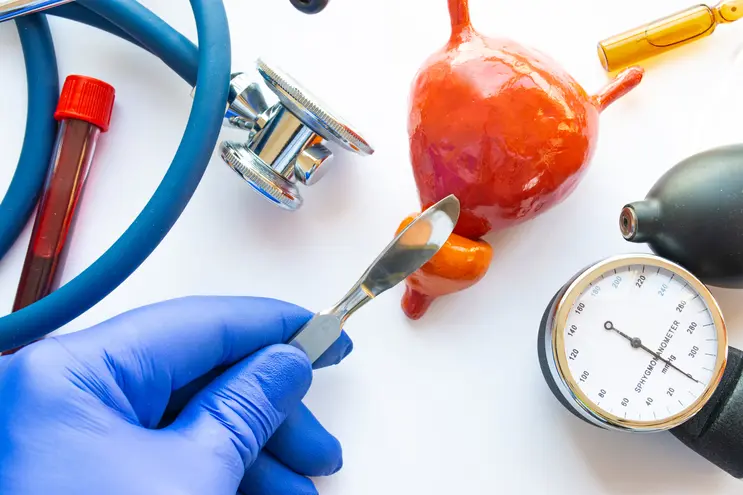Decoding Transurethral Resection: Unveiling Relief for Enlarged Prostate Issues
Decoding Transurethral Resection: Unveiling Relief for Enlarged Prostate Issues

An enlarged prostate can cause difficulties in urination for men, leading to the need for a transurethral resection of the prostate (TURP) procedure.
The prostate gland plays a vital role in the male reproductive system, as it produces the fluid that nourishes and protects sperm. Positioned in the lower abdomen, this gland can undergo enlargement as men age, leading to potential urinary issues. When the prostate grows larger, it can impede the flow of urine through the urethra, resulting in reduced urine flow or an inability to completely empty the bladder. This can also lead to increased urgency and frequency of urination, especially during the nighttime, causing discomfort and disturbances to sleep patterns.
Procedure
The aim of TURP is to remove the blockage to relieve these symptoms. This is done by inserting an instrument called a resectoscope into the eye of the penis and through the urethra to get a visual of the prostate tissue and the lining of the bladder. Using the resectoscope, the urologist is able to trim away enlarged lobes of the prostate. The capsule of the prostate is left intact.
After the procedure, a catheter is inserted into the urethra in order to drain any urine, this may remain in place for a day or two after surgery. During this time, irrigation fluid is administered to help flush out any remaining tissue and blood clots. The whole procedure takes around an hour to complete.
Before the procedure patients are usually given a general anaesthetic. Spinal anaesthesia is also possible. Your anaesthetist and urologist will discuss this with you.

Recovery
After a TURP, patients are usually required to stay in hospital for one to two days. During this time a catheter is necessary because the swelling caused by the procedure blocks the flow of urine. This is required for a day or two or until the swelling goes down.
During recovery patients are advised to drink lots of water to help flush out the bladder. Blood commonly remains in the urine for 2-3 weeks. Foods that are high in fiber are also recommended in order to ease the strain on the bowels.
Heavy lifting is discouraged for four to six weeks. Driving is discouraged until prescription pain medication no longer needs to be taken. Patients are also advised to abstain from sex for two to three weeks.
Risks and Side Effects
There are a few risks involved with TURP, as with any surgical procedure, including bleeding and infection at the surgical site. Side effects include temporary trouble urinating as the swelling reduces, erectile dysfunction and incontinence.
However, these side effects are quite rare. Urgency, or the need to run the toilet is usually present for a few weeks and takes time to settle. Most patients will not ejaculate properly after this procedure and this is irreversible. Hence, the procedure is not recommended for younger men.
Transurethral Resection of the Prostate (TURP) with Urology Specialist
While he is primarily a urological cancer surgeon, Dr Arianayagam also sees patients with more general urological problems and commonly practices transurethral resection of the prostate.
If you have any further questions about TURP, urology in Sydney, or would like to book an appointment, please feel free to call.

Understanding Urinary Diversion: Three Types and Their Applications
There are three different types of urinary diversion, each applicable for different situations. Let’s take a closer look at all…

Minimizing Erectile Dysfunction Risks: The Role of Robotic Surgery in Urological Procedures
Erectile dysfunction is a potential complication from some surgeries. However, robotic surgery minimises this risk greatly. Erectile dysfunction is the inability to…






